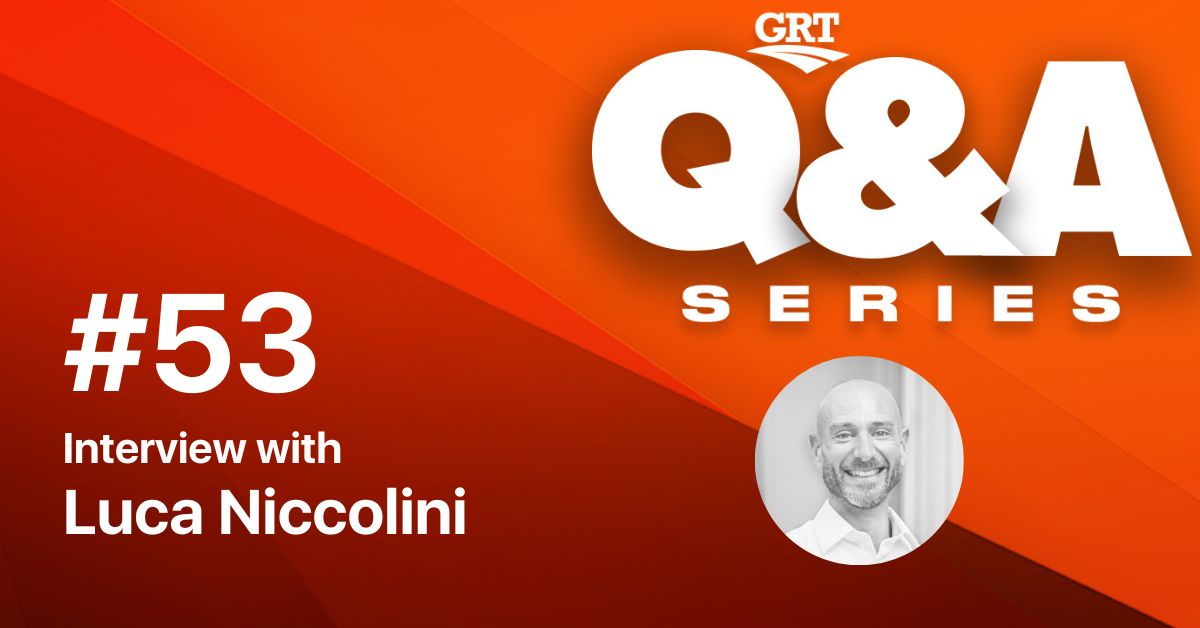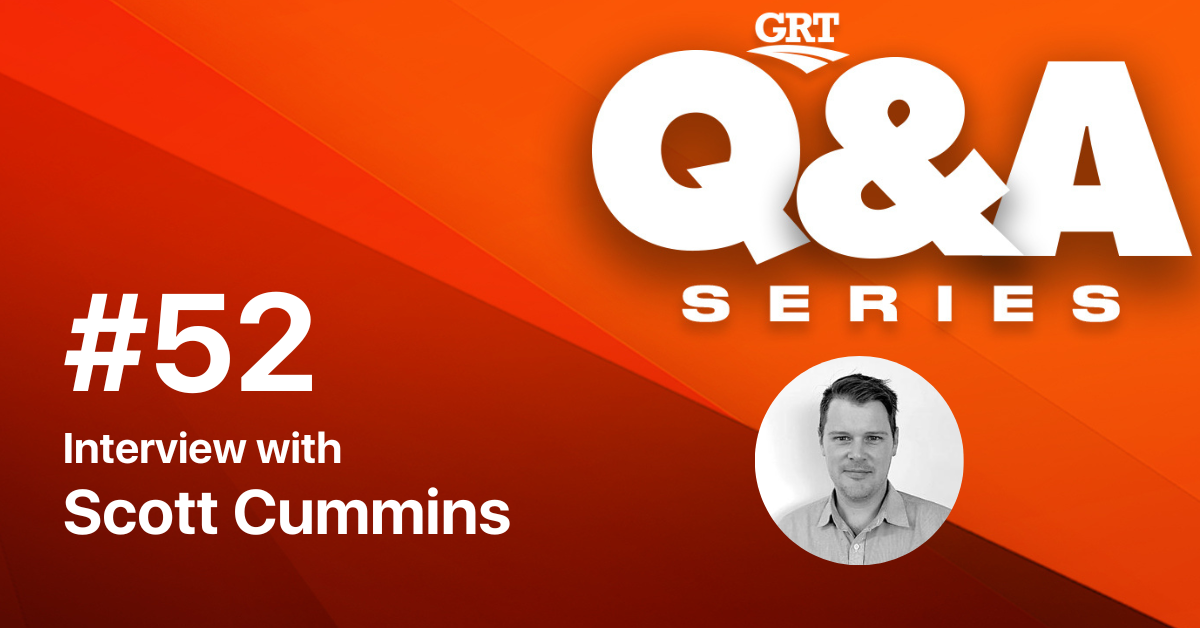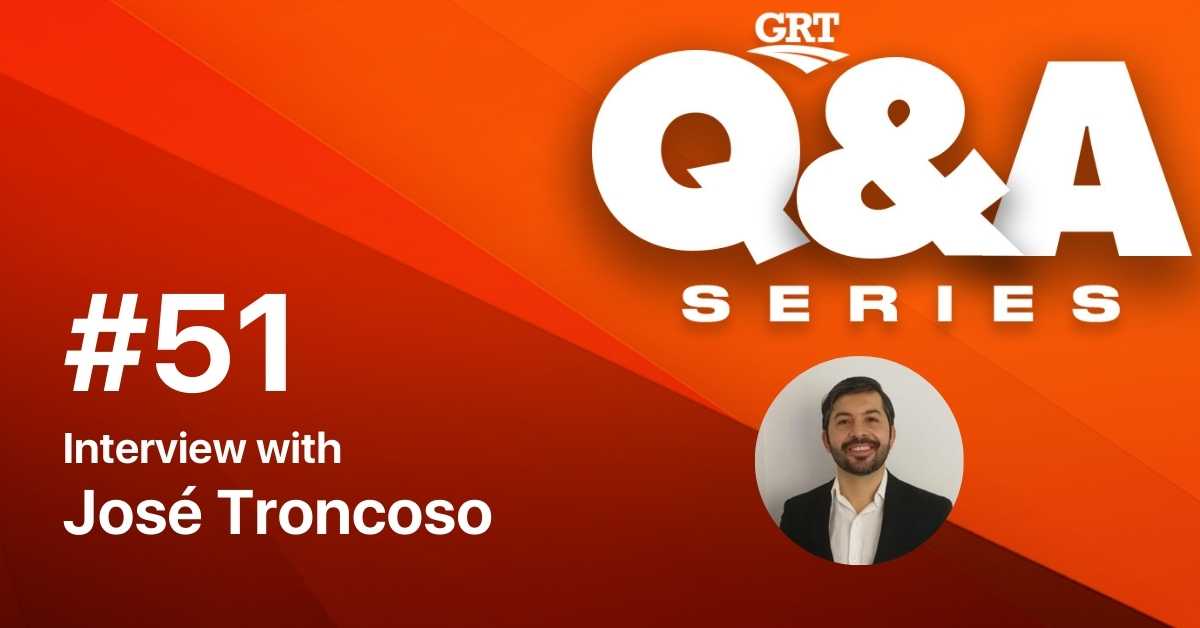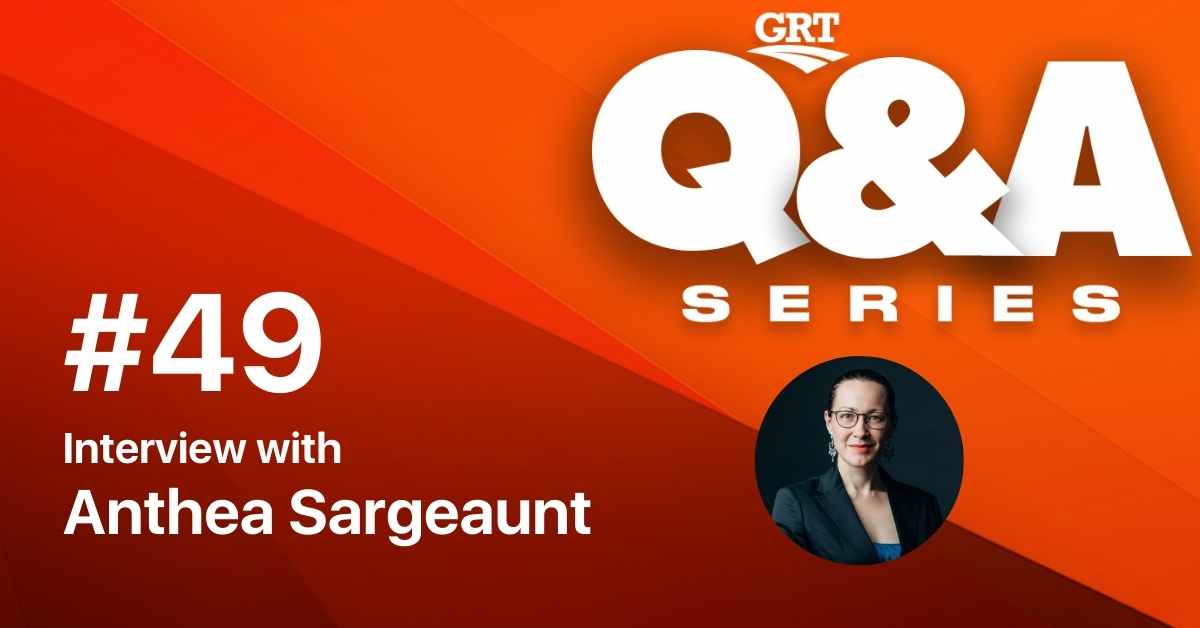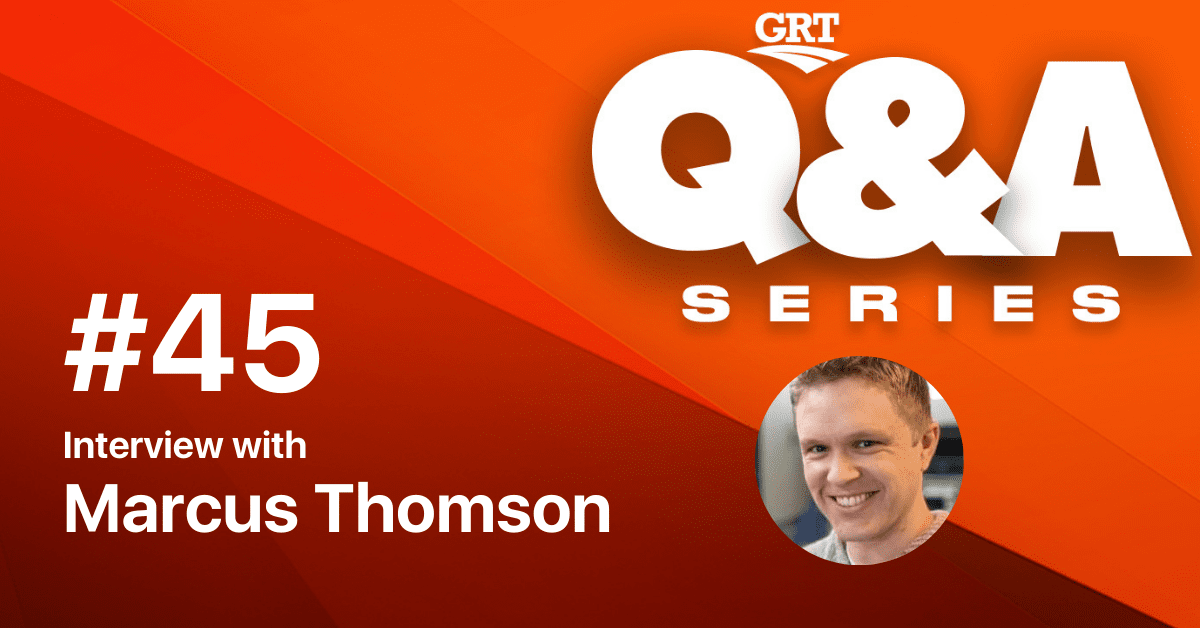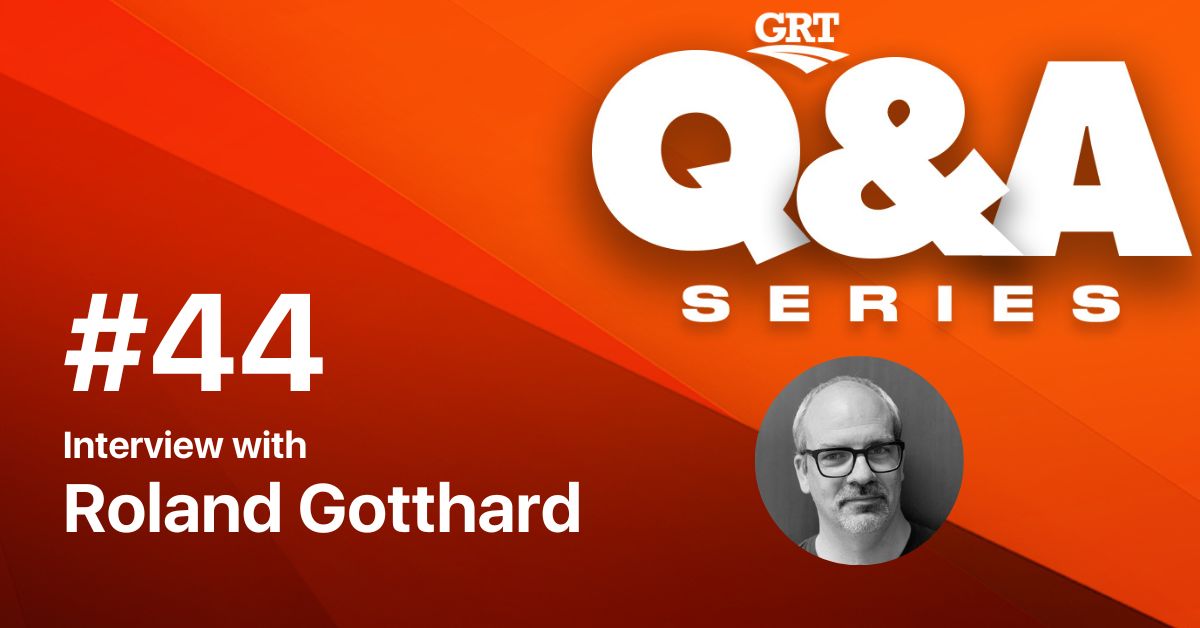Q&A Series #17: Interview with Heather Bedle
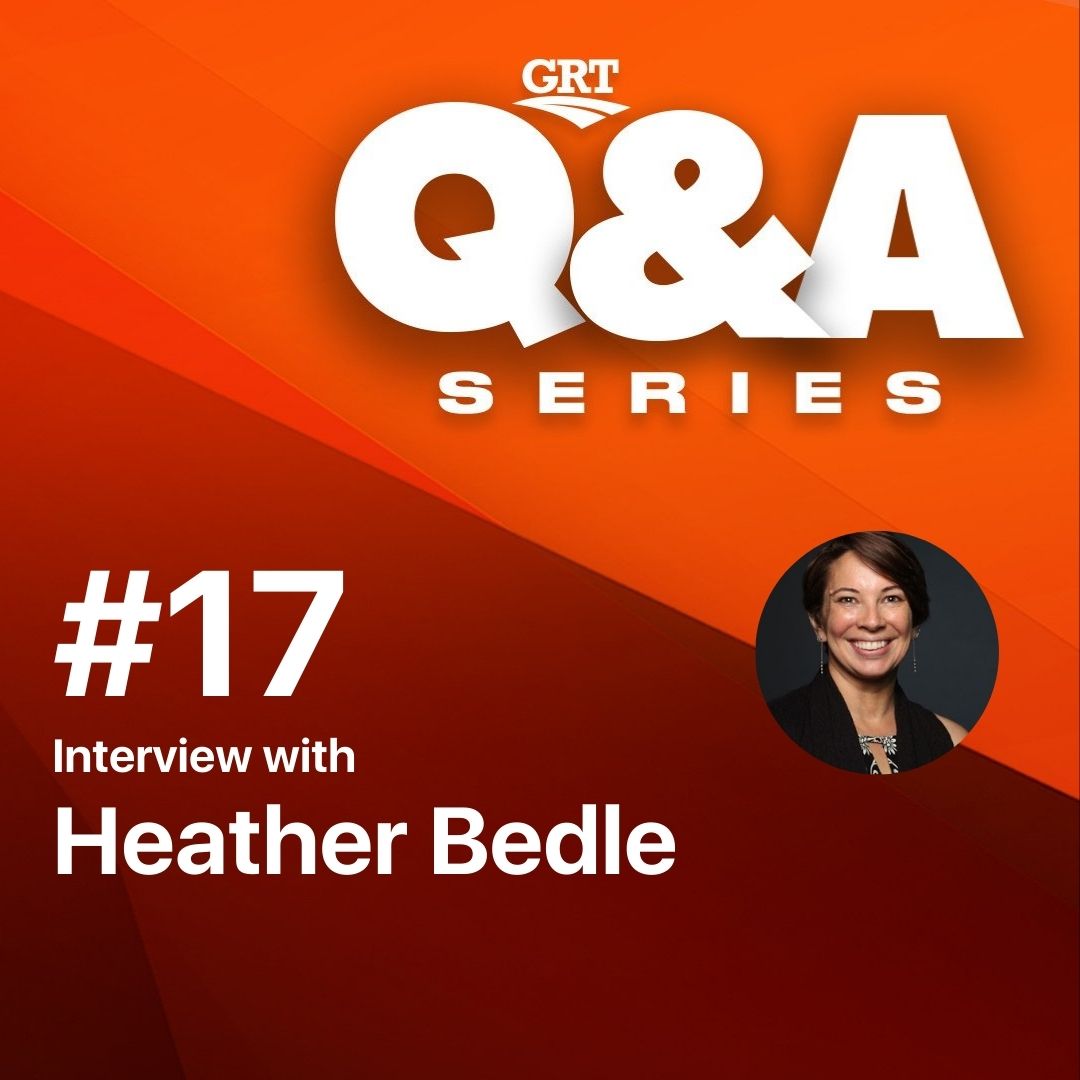
About the guest
Heather Bedle received a B.S. (1999) in physics from Wake Forest University and later received an M.S. (2005) and a Ph.D. (2008) in geophysics from Northwestern University. After nine years of working with Chevron, she moved to academia to pursue her dream of teaching and mentoring young researchers. Currently, she is PI of the AASPI Consortium, where her research group of 20 total students have published almost 20 peer-reviewed manuscripts in the last two years. Her primary research interests include seismic interpretation, machine learning, and attribute analysis.
The topic of discussion: Seismic reflection data
Seismic reflection data can be used to study surface processes, cryosphere, hydrology, hazards, atmospheric phenomena amongst many other things.
Seismic reflection data can even help scientists forecast volcanic explosions giving them the ability to decipher the subtle signs that reveal how explosive a volcanic eruption is going to be.
While working with seismic reflection data, machine learning enables scientific computing and computational thinking skills to be implemented in many novel ways.
Research in artificial intelligence and machine learning seismic methods can be used to better understand the subsurface and paleoenvironments which is an area of expertise of our GRT Q&A series guest.
In this article, Global Road Technology discusses seismic reflection data with Assistant Professor, Heather Bedle from the University of Oklahoma in Norman, Oklahoma, USA.
1. Can you tell us more about Heather Bedle and how her career spans across the years?
I have had a couple careers since I first graduated with my BS in Physics. Originally, I started out working as an engineer for two US defense companies, working on antennae and radar systems. But, after a few years, I realized that I have pacifist leanings, and I struggled with the issue that one day I might be asked to work on an offensive system, rather than defensive systems. So, I took my expertise of the physics of waves to graduate school to study earthquakes. This eventually led to a job at Chevron, where I worked as a development geoscientist and eventually a researcher studying the physical properties that one can understand from seismic reflection data. After my children were born, I decided to pursue decades long goal to teach, and first instructed at the University of Houston, and now the University of Oklahoma, where I am the PI of the AASPI Consortium. My research group now primarily focuses on extracting more information from seismic data using seismic attributes and machine learning.
2. What were your highlights from your time as a petroleum geophysicist?
I remember the first time I saw spectral decomposition applied to seismic reflection data as an intern with Chevron. I was completely astounded at the level of detail we could ‘see’ in the seismic data, from rocks buried miles beneath the surface! That is when I fell in love with seismic attributes and the insights that they can provide. Some of my other highlights were being out on a seismic acquisition ship while they were collected data for a 4D survey that I was having shot for Chevron, as well as staying up late watching the ~12 wells that I drilled, waiting to see if the resistivity curve would kick to the right, as soon as I could tell from the Gamm Ray log that we had hit the top of sand.
3. Take us through a summarized year in the life of Heather the whole-earth seismologist, what did she actually spend her time doing?
This was my first foray into geophysics, where I studied with some amazing seismologists and excellent teachers at North-western University in Evanston, IL. Before attending graduate school, I knew very, very little about geology and tectonics in general, and so the idea of looking at perturbations in seismic waves to image structures 100s of kilometres beneath our feet and peering into the Earth to understand its history, was such a fascinating concept. Around this time, I also learned that I am more of an applied geoscientist, as compared to theoretical, always wanting to understand what the data was trying to show me, what history it would reveal. I was very fortunate to have mentors that encouraged me to be curious, and play to my strengths in wanting to take interdisciplinary approaches to my research.
4. What is seismic reflection data and how important is its interpretation?
Seismic reflection data is collected from active sources that humans generate, as opposed to passive sources, such as earthquakes. In seismic reflection studies, we can design the acquisition to target certain features and areas that are of interest to us. In a simplified sense, the seismic waves travel down through the earth, they encounter lithologic interfaces, that allow some of the energy to bounce back up to the surface, following the principles of Snell’s Law. From this we can image the interfaces, and then also study the changes in the shape of the waveforms to understand the rock and fluid properties of these layers. This method is just celebrating its 100th anniversary, and was originally developed in Oklahoma. Over time, it has been used for a myriad of purposes, from understanding the stratigraphy and structure of the subsurface, to exploring for petroleum, understanding hydrogeologic reservoirs, and nowadays for understanding the subsurface for geothermal resources, and sequestering carbon.
5. Can you tell us more about the necessity for testing the capability of virtual reality to improve seismic interpretation education and research?
Virtual reality can have great benefits for seismic interpretation, as we are dealing with large two- or three dimensional datasets. Geologists are often used to looking at outcrops of rocks in the fields, and when we are limited to a small screen for viewing seismic data, we are not engaging our peripheral vision, which can be useful in helping us understand what we are seeing. Virtual reality can also help us understand more clearly the spatial relationships to the geologic features being imaged by seismic data.
6. What are some of the key challenges you have faced along the way and how did you overcome them?
Having not had a formal undergraduate background in geology has always been tricky, some of my current researchers often like to tease me when I mispronounce names of rocks and terms… as I had to teach those concepts to myself by reading. But, there are benefits to having a stronger background in physics, so it is not a huge impediment.
Many of my challenges probably had to do more with being female in a male dominated field and industry. Having children, and taking a slightly extended maternity leave for each of them did cause setbacks in my career and I think the perception of my abilities. But this is a struggle many women face. It was difficult and at the time, during the earlier stages of my career, I didn’t have the belief in myself and my abilities that I have now. But, luckily I am stubborn and love my science, so I just kept – and keep – going! One of the latest lessons that I have learned that has helped me immensely, is that we all don’t have to have the same definition of success… we can all define it for ourselves, and not let others define it for us. I think this concept of ‘what is success TO ME’ has finally helped me overcome the insecurities and imposter-syndrome that I battled for most of my professional life.
7. Heather you are an inspiration to many, what message do you have for a young girl wishing to pursue a career in STEM? Perhaps as well, what would you have told a younger you if you were to turn back the hands of time?
DO IT! And believe in and advocate for yourself, no matter what. I was fortunate enough to have supportive parents, which helped me immensely. But not all girls do, which is why it is important to surround yourself with mentors and supporters to help you keep going when you will inevitably hit an obstacle in your STEM education and profession. And also to not conform or try to be the same as the boys around you. Every individual is unique, and approaches learning and thinking in different ways – and these differences are what are special, and help all of, male and female and LGBTQA, to discover and create new solutions and dig further into the mysteries of science.
I always grapple with the question of what I would do differently, as my struggles and missteps have made me who I am today. If there was one thing, it would be to be more honest to my peers about the problems I was having, professional and personal, not try to hide or diminish them. All of us are people first, and all of us will have good and bad times, and needing support from mentors, friends, and colleagues is not something to be ashamed of, or a weakness, but just a rite of being human. So, I think my parting advice, to everyone, is to look toward one another with kindness and understanding, find a mentor (or two or three), and be a mentor to others.
More information on Dr. Bedle’s research can be found here – http://mcee.ou.edu/aaspi/
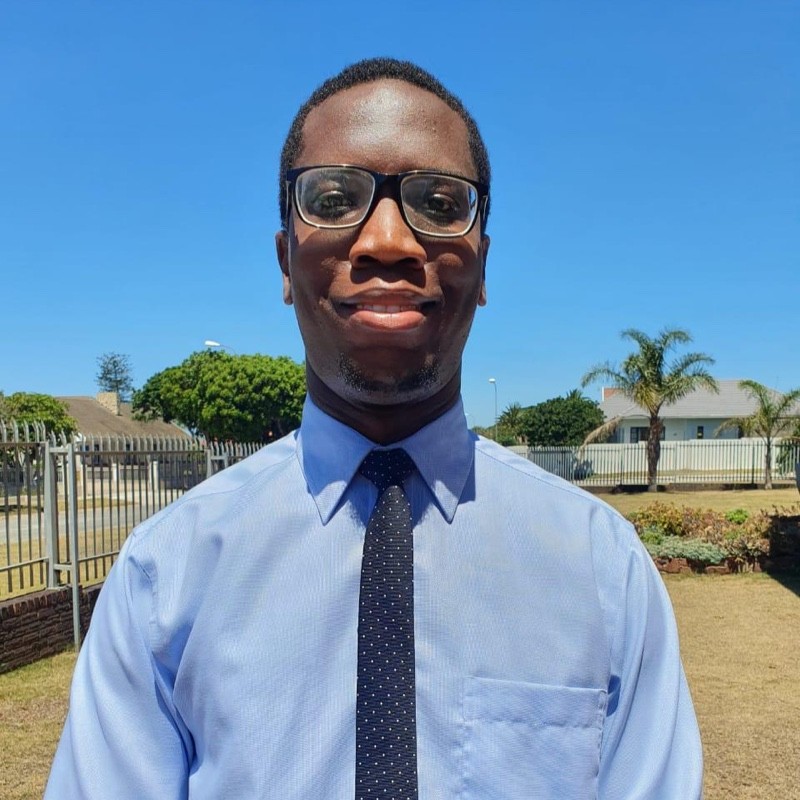
Keith Nare
Technical Head of Communications for GRT, Keith leads GRT's content strategy across various platforms, whilst coordinating internally to build the voice and opinions of the GRT team. Keith is a product of Nelson Mandela University and his PhD work focuses on Polymer and Physical Chemistry. He was a Research Associate at SANRAL in South Africa and later spent time as a Visiting Research Associate to NTEC at the University of Nottingham in the UK. He is a former Director of Communications for CALROBO in the USA.
Keith is passionate and enthusiastic about health and safety, sustainability, networking and finding synergy through conversations.
Related Interviews
MORE INDUSTRY ARTICLES
Nothing found.
